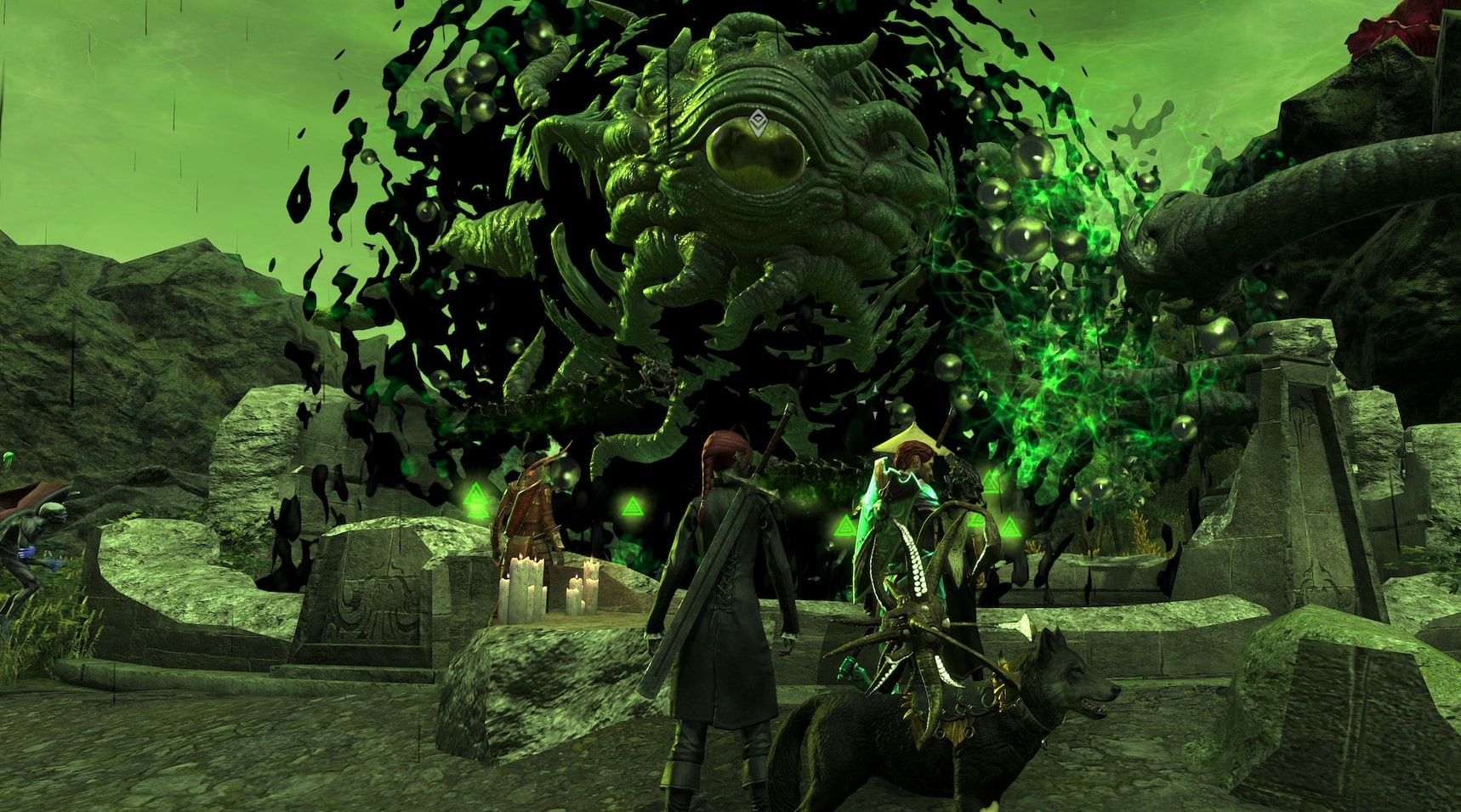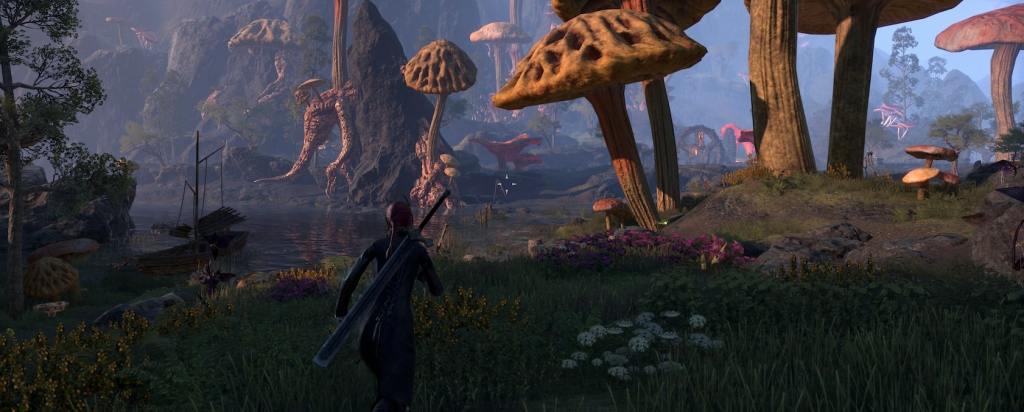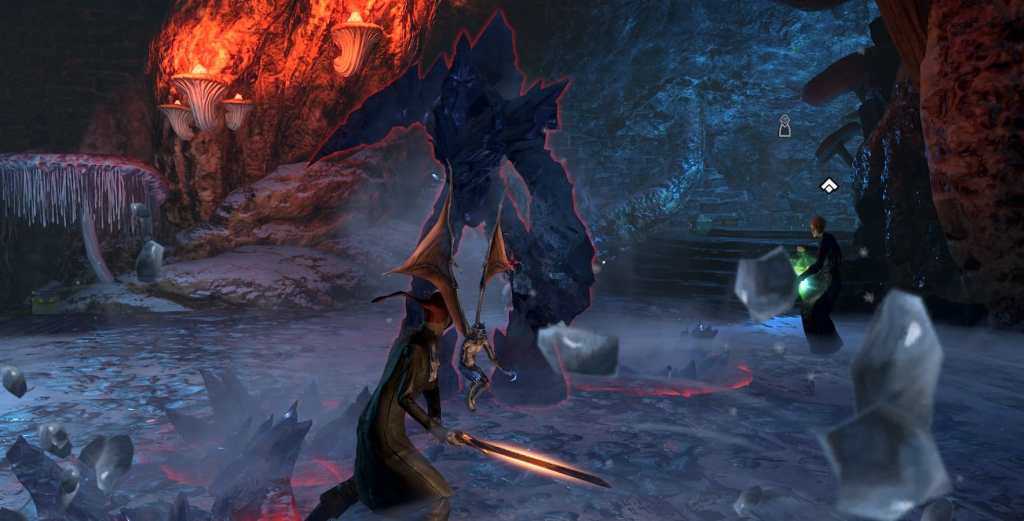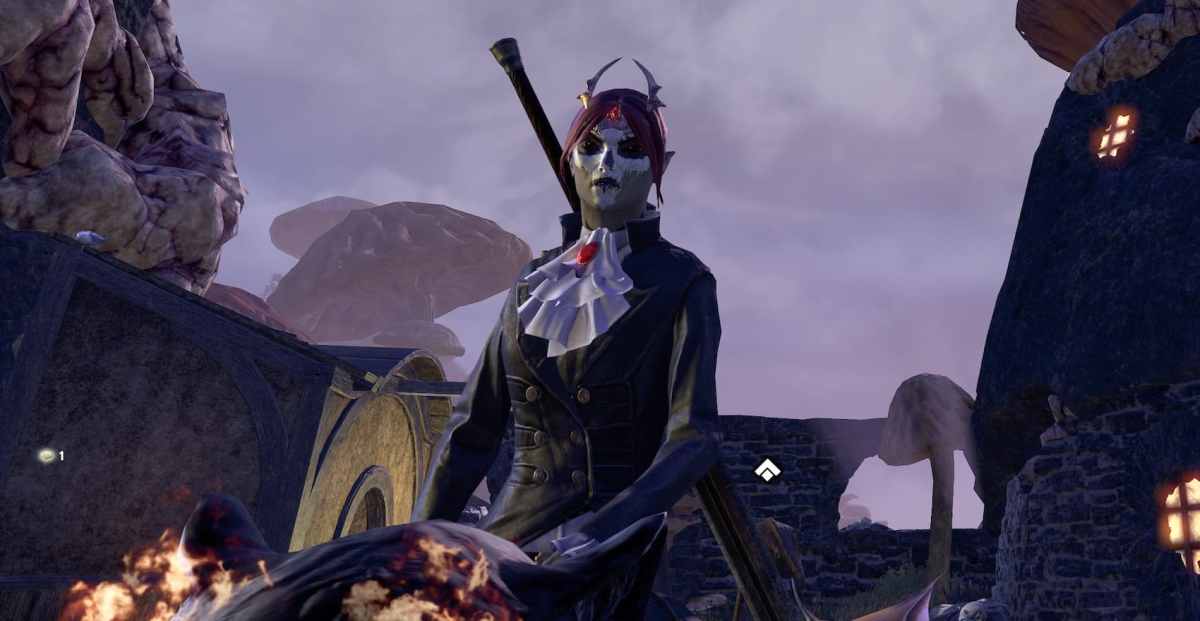The latest chapter of The Elder Scrolls Online, Necrom, is unapologetically gothic. Beyond the new Arcanist class, which wields dark green energy drawn from the unknowable Apocryphal realm, it also features a story dripping with gloom and malaise. In its opening stanza, you meet the Cthulian Daedric Prince, Hermaeus Mora, who laments a loss of power, and an incoming crisis of fate that may lead to the end of the world. I suspect it was this booming declaration that had me feeling existential – because the more I played through Necrom, the more I thought about the end.
More specifically, the end of The Elder Scrolls Online.
This MMORPG is currently bolstered by a passionate, long-term fanbase who have invested countless hours into roaming across Tamriel, taking on fetch quests, meeting its cast of weird and quirky characters, and diving into great tomes of lore.
Per analysis from Active Player and MMO Populations, The Elder Scrolls Online currently boasts a daily active player base of over 200,000 people, and an estimated total player base of 22.5 million.
Read: The Elder Scrolls Online: Necrom mixes horror and high fantasy
It’s currently among the most popular MMOs in the world, and its success continues to be bolstered with every new expansion pack. The end is not coming for The Elder Scrolls Online any time soon – but the grim reality is the end is coming. It’s in the nature of MMORPGs.

The Elder Scrolls Online was one of the first games I covered as a professional journalist. In 2017, I interviewed developer Rich Lambert about the ongoing success of the game, and even then, its longevity was a topic of conversation. ‘We have to keep the lights on,’ Lambert said at the time, in response to questions about the game’s monetisation via loot boxes and additional chapters. ‘It’s not cheap to keep the game up and running.’
The same can be said for any modern MMO. It’s expensive to keep the lights running, and continued monetary support is necessary for game servers to remain live, for developers to keep creating new content and reasons to come back.
A lack of longevity is a common fear for ongoing and live service games, and particularly MMORPGs. In recent years, we’ve seen many burn out and disappear, even those with passionate fanbases – Marvel Heroes, Pirates of the Caribbean Online, Warhammer Online: Age of Reckoning, Club Penguin to name a few modern examples.
The core difference here is that The Elder Scrolls Online maintains its player base with strong new story chapters every few months – but at nine years old, it’s already defying the trends of its genre. At nine years old, it’s practically a veteran, crippled with age.
There are fellow defiers in the MMORPG realm – like World of Warcraft and Old School Runescape, both of which have escaped the weight of time by playing on nostalgia, adding in new content, and fostering a sense of connection with their communities.
The Elder Scrolls Online should rightfully take its place in this pantheon of stubborn survivors.
Read: The Elder Scrolls Online asks nothing of you, and that’s perfect

It was when I met Necrom‘s Scruut, a depressed Watchling companion who serves Hermaeus Mora, that I was struck by this thought. Scruut is wonderful – a tiny collection of roving tentacles with a sad outlook on life, and absolutely zero pep in their step. When you first meet Scruut, they immediately degrade their position in life, lamenting their fate and the world’s end.
They’re just one of the bright sparks in Necrom, and the clearest case for letting TESO live on beyond its life cycle. The more you travel through this game, the more fun, quirky, depressing, and lively characters you’ll meet, each exclusive to the tales in The Elder Scrolls Online. In the game’s previous High Isle chapter, you’ll find Brahgas, a brash and confident Wood Elf (voiced by The Lord of the Rings‘ Billy Boyd) who is equally annoying and likeable.
In Western Skyrim, you’ll meet the vampire temptress Lady Thorn, who titillates and intimidates in equal measure. That’s not to mention a whole raft of other original characters, all fully fleshed out with personal sidequests, dialogue, and relationships that contribute to the vast intricacy of The Elder Scrolls Online.
Their tales are backed by reams of lore, which can be found dotted throughout Tamriel, discovered via quests or exploration. Diving deep into these back stories, you can discover more about Necrom’s creepy Necropolis, the nature of Apocrypha, and the political tension at the heart of every realm. You can learn more about wider Elder Scrolls history, and the quirks of character backstory.
The more you explore The Elder Scrolls, the more tangible its world becomes.

Should the Elder Scrolls Online end, this history goes with it – as does its cast of characters, its glimmering mushroom-filled vistas, its sense of magic and exploration. Necrom is a chapter about the end of the world. TESO should never see this end, not with so much intricate lore and development work at stake.
Games preservation is notoriously tricky. When games go offline, it’s often left to fans to save what they can – and while fan revivals of MMOs are often subject to litigation, fans persist, for the passion and love of games. Should The Elder Scrolls Online reach its inevitable crossroads, an alternative should be considered, potentially in an offline mode that may allow its magic to live on permanently.
While TESO is designed as a game to be enjoyed with friends, it’s arguable that it’s also a strong solo experience. Personally, I prefer to play the game alone, spending my time wandering through fields and taking on quests at my own pace, ducking in and out whenever I find time. TESO is built to handle this approach, and doesn’t hold back rewards for players roaming solo, and at a slower pace.
What engages me is the writing, the lore, the characters, the quests – and all of these can exist offline, in their own bubble. While that means missing out on fun interactions with your fellow players, like stumbling onto a group of people wandering a field, whipping out maps, clearly as lost and confused as you are, these experiences aren’t strictly essential.
I would certainly miss going on raids with mates, narrowly missing out on dungeon victories with over-levelled friends, or seeing newbies in the chat getting help from lovely veterans, or hearing another player asking someone to ‘define potato’ in an out-of-context chat request.

But if shedding these elements means The Elder Scrolls Online will live on beyond the bounds of its MMORPG nature, then it’s something I’m willing to concede. With each new chapter TESO grows, and there is hope it will continue to grow for years to come, in whatever form that may take.
While there is a fear of closure waiting on the distant horizon, as with all MMORPGs, this game feels designed to live on – and it should be allowed that chance. As existential as the Necrom chapter made me feel, it also highlighted just how strong this game really is – and why it deserves a more permanent longevity, should the end of its world ever arrive.
The Elder Scrolls Online: Necrom is now available for PC and Mac. It launches for consoles on 20 June 2023.
|
$24.99
|
$17.00
|
|
GamesHub has affiliate partnerships. These do not influence editorial content. GamesHub may earn a small percentage of commission for products purchased via affiliate links.








